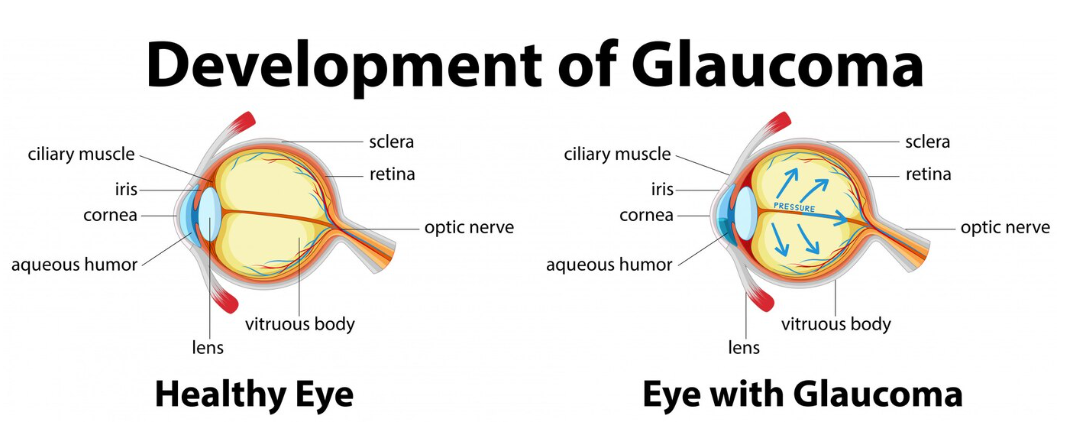Glaucoma Surgery: Understanding the Best Surgery for Saving Vision
What is Glaucoma?
Glaucoma is an ophthalmological problem that involves the optic nerve which carries data about vision from the eye to the brain. The optic nerve with numerous nerve fibers is like cable wire that is similarly tied to electric cables. As a person starts to develop glaucoma there actually take place structural changes in the optic nerve and the nerve fibers in the eye get damaged. Eye is very sensitive part of body, to keep your eye vision safe and healthy always get in touch with best eye specialist doctor – Anil Eye Hospital.

Types of Glaucoma Surgery:
Trabeculectomy itself is a traditional surgery which had proved an excellent effectiveness for patients with glaucoma in the past. This is the part where the surgeon will take a small piece from the drainage system of the eye and leave a new drainage channel inside the eye so fluid will drain out more easily, which will result in the reduction of eye pressure.
2. Glaucoma Drainage Implants:
The Ahmed valve and the Baerveldt tube are examples of glaucoma drainage implants which are placed in the eye during surgery in order to drain fluid that accumulates, hence lowering IOP. Such implants rather are applied with patients who failed to respond to other cure options.
3. Minimally Invasive Glaucoma Surgery (MIGS):
5. Cyclophotocoagulation:
What Causes Glaucoma?
Glaucoma, a common eye disease, is primarily caused by the blockage of the drainage angle through which aqueous humor circulates inside the front part of the eye.
Aqueous humor is responsible for maintaining healthy pressure inside the eye. It is produced in small amounts, while an equal amount is drained out through a microscopic drainage system. This drainage system is separate from the tears present on the outer surface of the eye.
In case the drainage angle is blocked, the excess fluid fails to drain out, leading to increased fluid pressure inside the eye. As a result, the optic nerve is subjected to pressure, causing damage to it. The eye is a closed structure. If the drainage area is blocked, which can lead to severe conditions that demand immediate attention from the best eye hospital in kalyan.

Benefits of Glaucoma Surgery:
The basic aim of glaucoma surgery is to reduce the IOP, what in turn can help to prevent more transamination to the optic nerve and maintain vision.
2. Reduced Need for Medications:
Physical therapy for Glaucoma made possible to avoid applying Glaucoma drugs which can facilitate various side effects and are financially challenging in the long run.
3. Preservation of Vision:
The decrement of IOP and mounting of glaucoma partiality and progression retardation can increase vision and improve quality of life for glaucoma patients.
4. Quick Recovery:
It is important to note, however, that recovery times can be greatly affected by the specific type of surgery performed, and many patients are able to get back to their regular routines immediately after their glaucoma surgery.
5. Improved Quality of Life:
Conclusion:
Best Glaucoma surgery has been termed as evolution art of recent years where better ways of treating patients have been offered safely and more therapeutic to the patients. Through knowing the advanced classifications of glaucoma surgery and their drawbacks, patients will be able to take a stand for their own health by making informed choices regarding their own treatment as well as managing their glaucoma in an efficient manner. As research moves ahead quicker than any of us can say glaucoma, the future for glaucoma patients is bright; it will only get better as it will provide them with a chance to protect their vision and quality of life.


